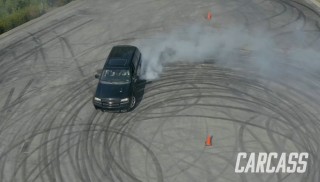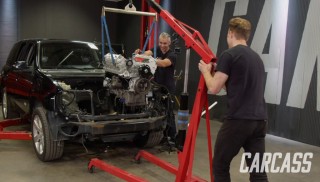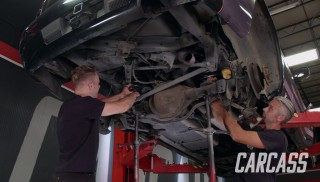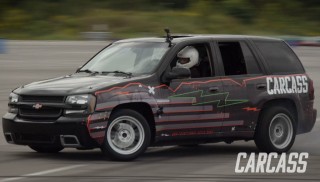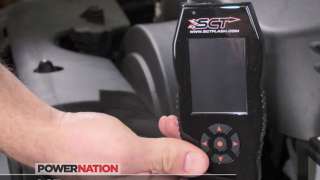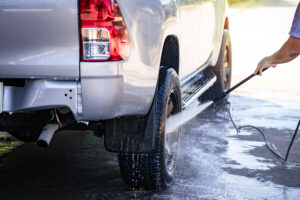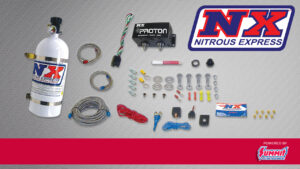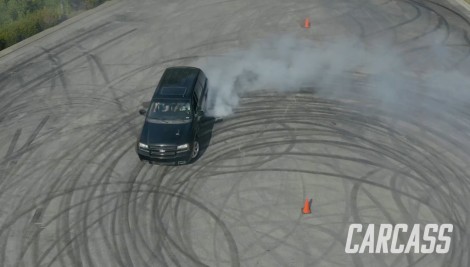
Stripping Down a 2006 Trailblazer SS to Make It Drift-Worthy
Jeremy and Jimmy wear out a pair of tires testing their Trailblazer SS in a drift like fashion. Upgrades are already on their minds as they shed some pounds for a better drifting truck.
Season 1
Episode 10
